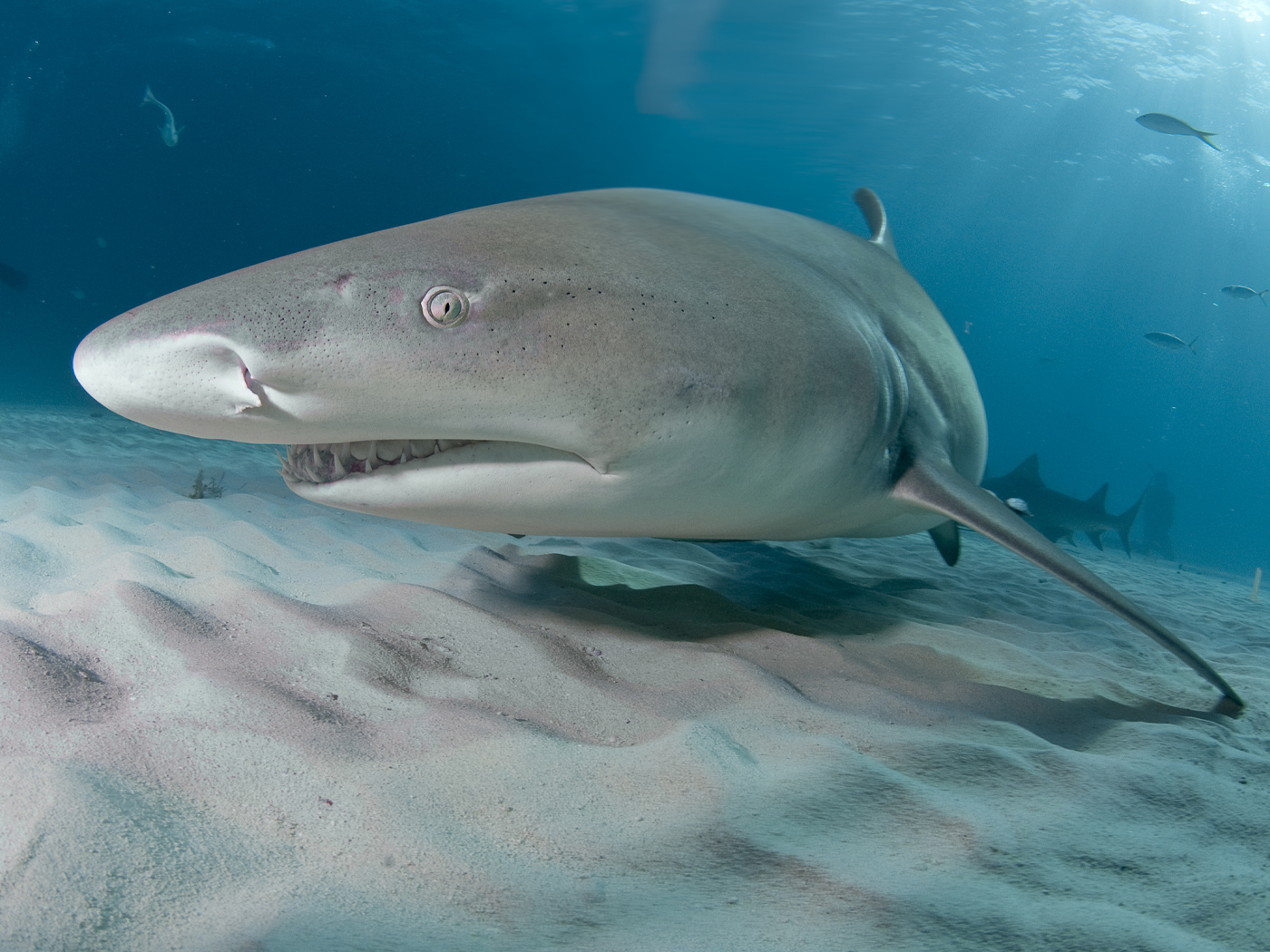Scientists from Turkey, Israel, and Austria collaborated on the archaeological study published in the Proceedings of the National Academy of Sciences.1 They determined that the skeletons were buried as a result of several closely-spaced tsunamis generated by the eruption of the Thera volcano on the Greek island of Santorini about 3,600 years ago.2 These tsunamis created a complex pattern of rapidly-deposited ash and sedimentary deposits about 3 feet thick, preserving the remains of the victims.1
“The impact of this eruption, and the tsunamis it created were much stronger, and reached more regions than suggested before,” study co-authors Beverly Goodman, a marine geoarchaeologist at the University of Haifa in Israel, and Vasıf ÅžahoÄŸlu, a maritime archaeologist at the University of Ankara in Turkey, wrote in a joint email to Gizmodo. “ÇeÅŸme-BaÄŸlararası is the northernmost site with tsunami deposits so far investigated, and is unique in that it is a site with very clear cultural and commercial maritime contacts with the Minoan World.”2
The science team discovered stratigraphic evidence of at least four separate tsunamis. Most left behind strata between 10-15 inches thick with marine fossils like foraminifera, clams, and sea urchin fragments throughout.1 They also found some volcanic ash layers between some of the individual deposits. They estimated that the first two tsunamis came within hours of each other, whereas the third and fourth tsunamis may have occurred a few days later, with a brief period of quiescence in between.1 The fourth tsunami deposit seems to have been the largest, depositing a layer about 14 inches thick and contains larger fragments indicative of higher energy.1
Interestingly, these skeletons are the first human remains to be identified with the Santorini eruption. The young man found at the site was apparently healthy and died from drowning, blunt force trauma, or suffocation from the debris flow caused by the first tsunami.2
Goodman and ÅžahoÄŸlu added,
However, only a handful of sites have been reported with tsunami deposits, and none of them with human victims. This lack of human victims has been an enigma that has left a real knowledge gap regarding the human experience associated with the event.2
The authors wrote,
In both the 2004 Indian Ocean Tsunami and the 2011 Tohoku Earthquake tsunami, missing persons accounted for over 10% of the dead even a decade after the events. Victims that are swept up in the debris flow during a tsunami can get deeply buried within it or drown at sea, thereby making 100% victim recovery unrealistic. The ÇeÅŸme-BaÄŸlararası young man is an ancient example of the same phenomenon.1
These discoveries on the coast of Turkey are a small-scale reminder of the catastrophic events during the global Flood. Many much larger tsunamis were generated by rapid plate motion during the Flood year.3 And these massive walls of water were much higher, more frequent, and extensive, causing mixing of billions of marine fossils with land terrestrial fossils.4 Surely there were moments of quiescence between many of the tsunami deposits during the Flood year. Millions of footprints are found in freshly-deposited sediments all over the earth, indicating brief respites between catastrophic waves. But eventually, all the air-breathing animals and humans were inundated by Day 150 of the Flood year.
The rarity of human fossils in the Santorini eruption may also be telling. Similarly, we find few human fossils in Flood deposits. It could be because many humans were the last to be inundated (by escaping to higher ground), and therefore were not buried deep enough to be preserved. Alternately, many humans may have washed out to sea or rotted at the surface. This is an enigma that Flood geologists are still trying to sort out.
References
1. ÅžahoÄŸlu, V., et al. 2022. Volcanic ash, victims, and tsunami debris from the Late Bronze Age Thera eruption discovered at ÇeÅŸme-BaÄŸlararası (Turkey). Proceedings of the National Academy of Sciences. 119 (1) e2114213118; DOI: 10.1073/pnas.2114213118.
2. Schultz, I. 2021. Archaeologists find ancient tsunami victim on the Turkish Coast. Gizmodo. Posted on Gizmodo.com December, 31, 2021, accessed January 28, 2022.
3. Clarey, T. 2020. Carved in Stone: Geological Evidence of the Worldwide Flood. Dallas, TX: Institute for Creation Research, 114-151.
4. Clarey, T. 2021. Flood explains mysterious crab in amber. Creation Science Update. Posted on ICR.org November 11, 2021, accessed January 28, 2022.
Image: Skeletal remains from ÇeÅŸme-BaÄŸlararası.
Image Credit: Copyright © Vasıf ÅžahoÄŸlu. 2022. Adapted for use in accordance with federal copyright (fair use doctrine) law. Usage by ICR does not imply endorsement of copyright holder.
*Dr. Clarey is Research Scientist at the Institute for Creation Research and earned his doctorate in geology from Western Michigan University.














